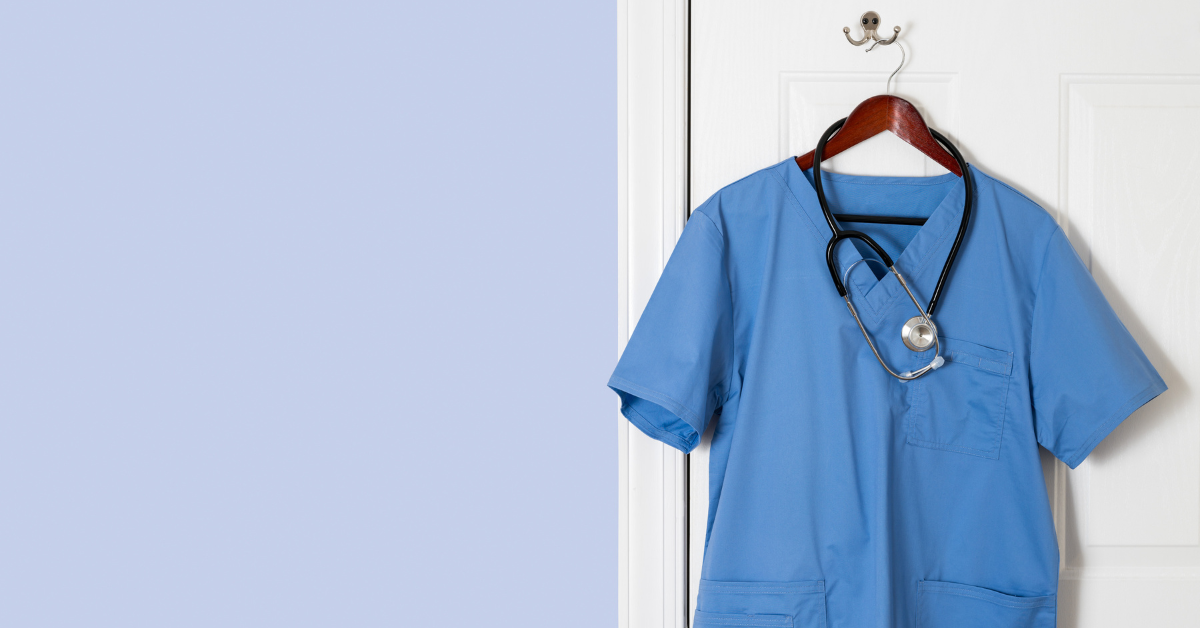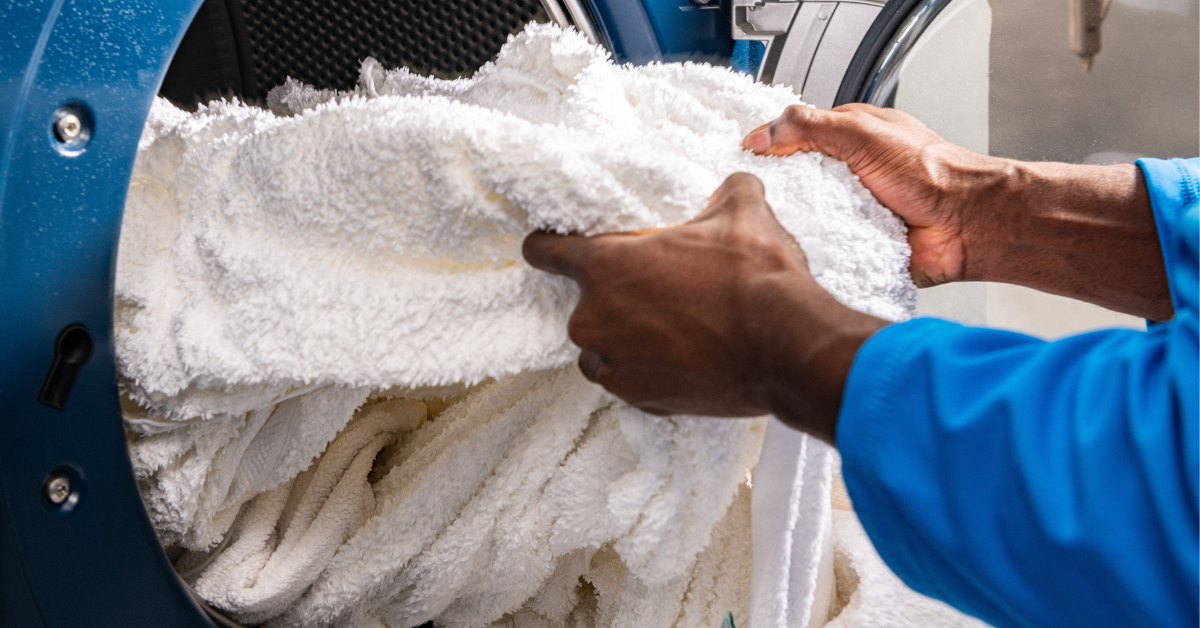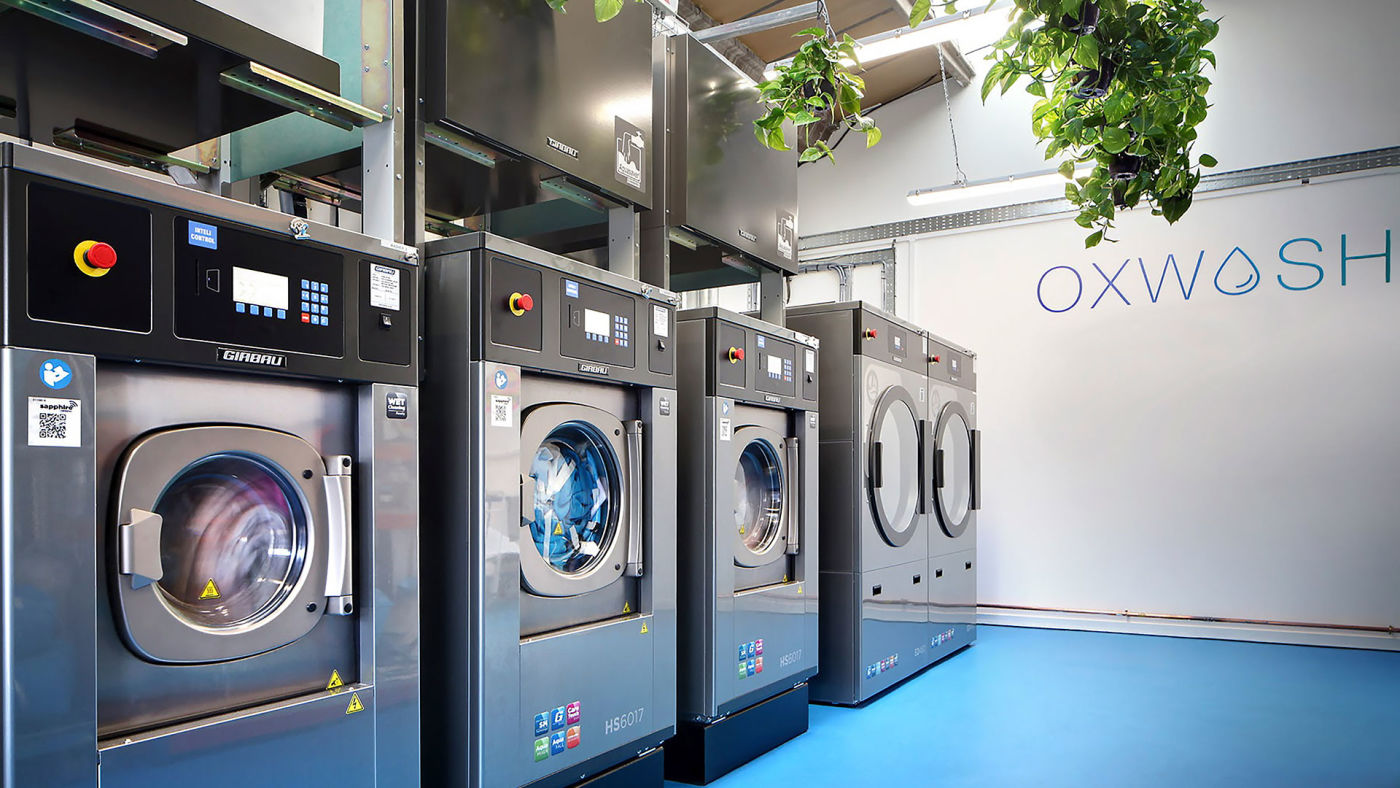Medical Laundry 101: Meeting Healthcare Laundry Requirements


Business & Insights
Healthcare
Tech & Science
In the complex landscape of healthcare facilities, maintaining stringent hygiene standards is paramount to ensuring the well-being of patients and preventing the spread of infections. Central to this effort is the proper laundering of medical textiles, a process governed by industry-specific guidelines and standards for hospital laundry service providers.
This blog will delve into the key aspects of medical laundry, drawing insights from two crucial standards - HTM0104 and EN 14065 - to provide a comprehensive overview of the best practices and requirements for medical laundry services.
Understanding HTM0104: Managing healthcare textiles
The Healthcare Technical Memorandum 0104 (HTM0104) is a set of guidelines established by the Department of Health in the United Kingdom. These guidelines address the management and decontamination of linen used in healthcare settings. HTM0104 exists to ensure that the risk of healthcare-associated infections (HAIs) is minimised through effective hospital laundry processes.
One of the core principles outlined in HTM0104 is the categorisation of healthcare linen into different risk groups, each requiring specific laundering protocols. High-risk items, such as those contaminated with blood or bodily fluids, need a more stringent cleaning process compared to low-risk items like general linens. HTM0104 emphasises the importance of segregating these categories to prevent cross-contamination and guarantee the highest standard of hygiene.
Additionally, HTM0104 provides detailed guidelines on the laundering process itself. From washing to drying and ironing, each step is meticulously described to ensure the effective removal of contaminants. The use of appropriate detergents, disinfectants, and temperature controls is highlighted to guarantee the elimination of pathogens. Regular maintenance and monitoring of laundry equipment are also suggested by the guidelines.
EN 14065: Textiles hygiene management
EN 14065 is a European standard that specifically addresses the hygiene management of textiles in various industries, including healthcare. This standard focuses on the implementation of a Textile Hygiene Management (THM) system, providing a systematic approach to controlling and preventing the spread of infections through textiles.
Being the first carbon-neutral laundry with this accreditation holds particular importance. Traditionally, linens and textiles from healthcare settings underwent thorough cleaning at higher temperatures, typically around 65 - 71°C. However, we meet all the healthcare and hospital laundry standards while washing at colder temperatures. This showcases that achieving a perfect clean is possible at reduced temperatures, resulting in energy savings. These cost savings are then transferred to our customers.
The core element of EN 14065 is the establishment of a risk analysis and bio-contamination control plan. This involves identifying critical control points in the textile management process and implementing measures to minimise the risk of contamination. By conducting regular risk assessments, healthcare facilities can adapt their textile hygiene management strategies to evolving challenges and ensure continuous improvement in their processes.


Combining HTM0104 and EN 14065: Best practices in medical laundry
When considering hospital laundry management, integrating the principles outlined in both HTM0104 and EN 14065 provides a robust framework for meeting and exceeding industry requirements. The categorisation of linen based on contamination risk, as advocated by HTM0104, aligns seamlessly with the risk analysis and control plan proposed by EN 14065. This dual approach ensures a comprehensive strategy that addresses not only immediate concerns but also anticipates potential future challenges in healthcare textile hygiene.
Furthermore, the emphasis on documentation and traceability in EN 14065 complements HTM0104's call for meticulous monitoring and maintenance of laundry equipment. By maintaining detailed records and routinely assessing the efficiency of laundering processes, healthcare facilities can enhance their overall textile hygiene management and cultivate a culture of continuous improvement.
Meeting standards keeps everyone safe
The synergy between HTM0104 and EN 14065 provides healthcare facilities with a robust framework for ensuring the highest standards of hygiene in medical laundry.
By adhering to the guidelines set forth by these standards, healthcare professionals can mitigate the risk of healthcare-associated infections, safeguard patient well-being, and contribute to the overall efficacy of healthcare delivery. As the landscape of healthcare evolves, a steadfast commitment to meeting and exceeding these standards will remain fundamental to the success of medical laundry services.
Discover our services


Related Articles
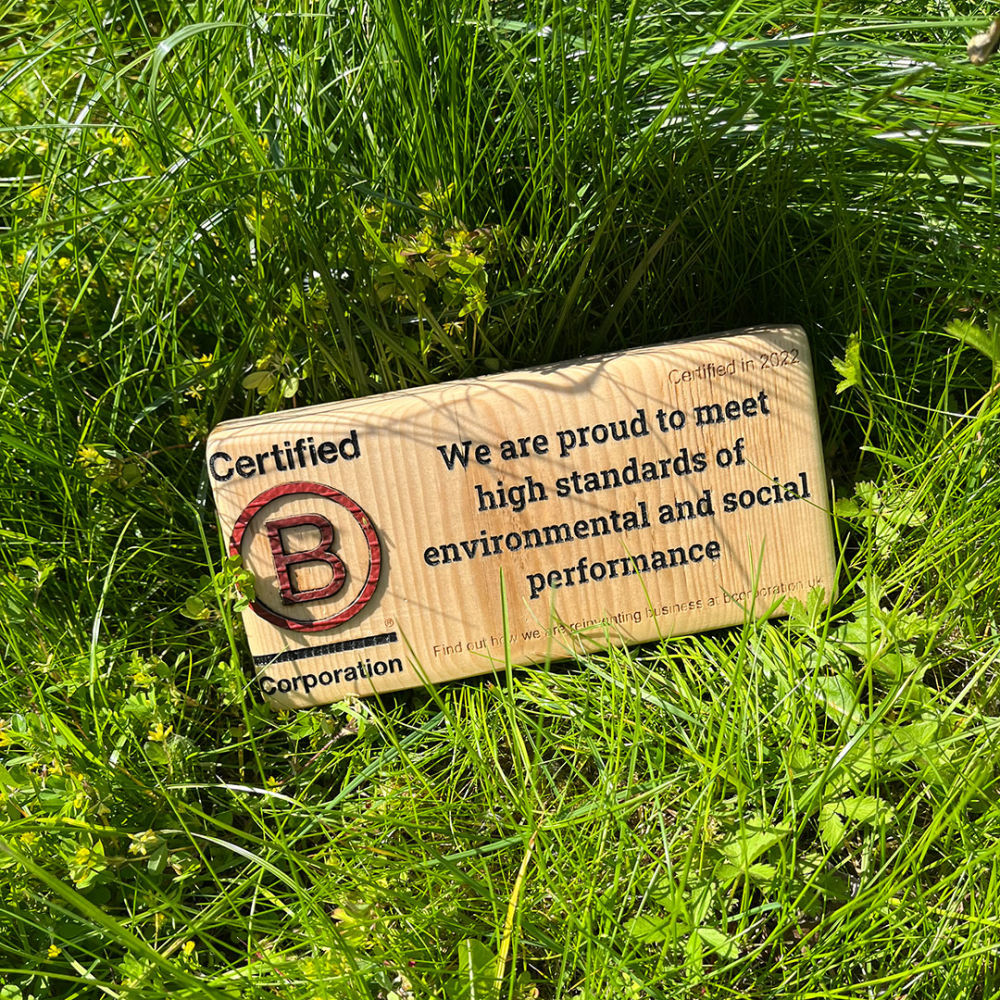

B Corp™ certified.
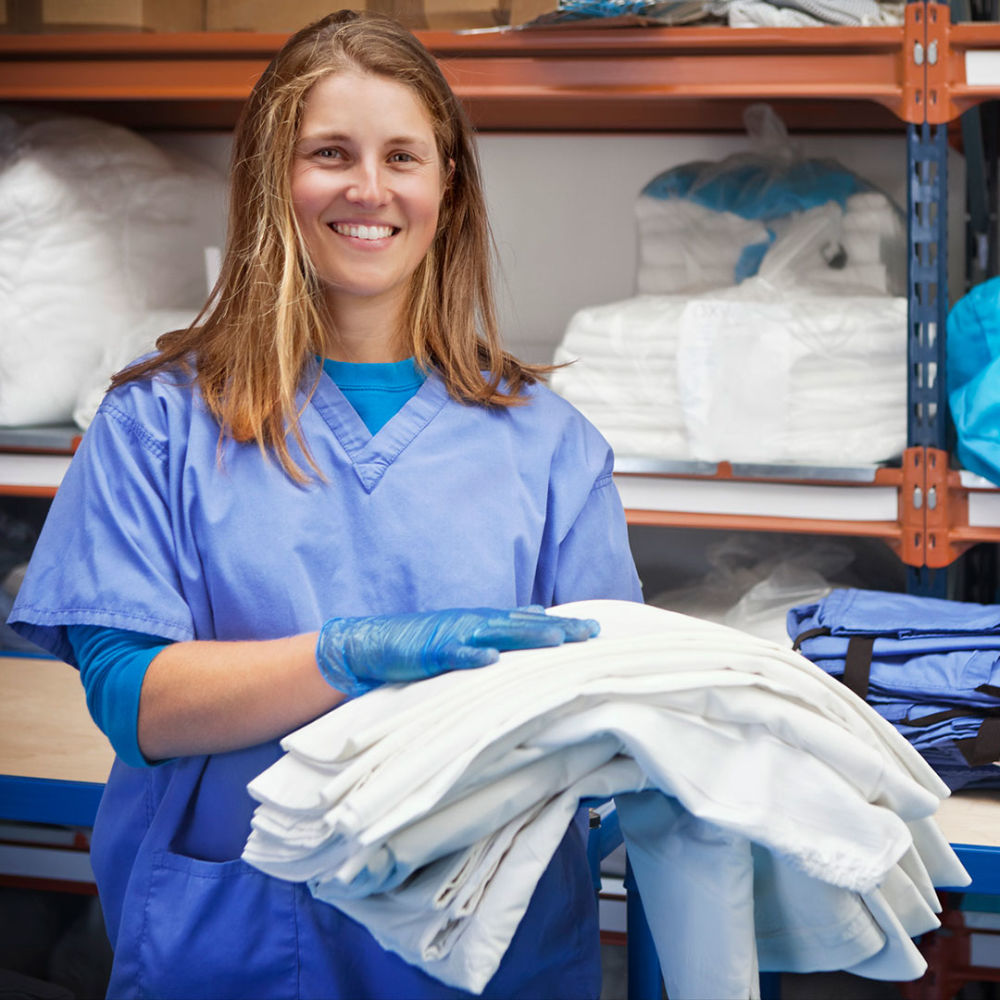

Surpassing NHS-grade disinfection.




